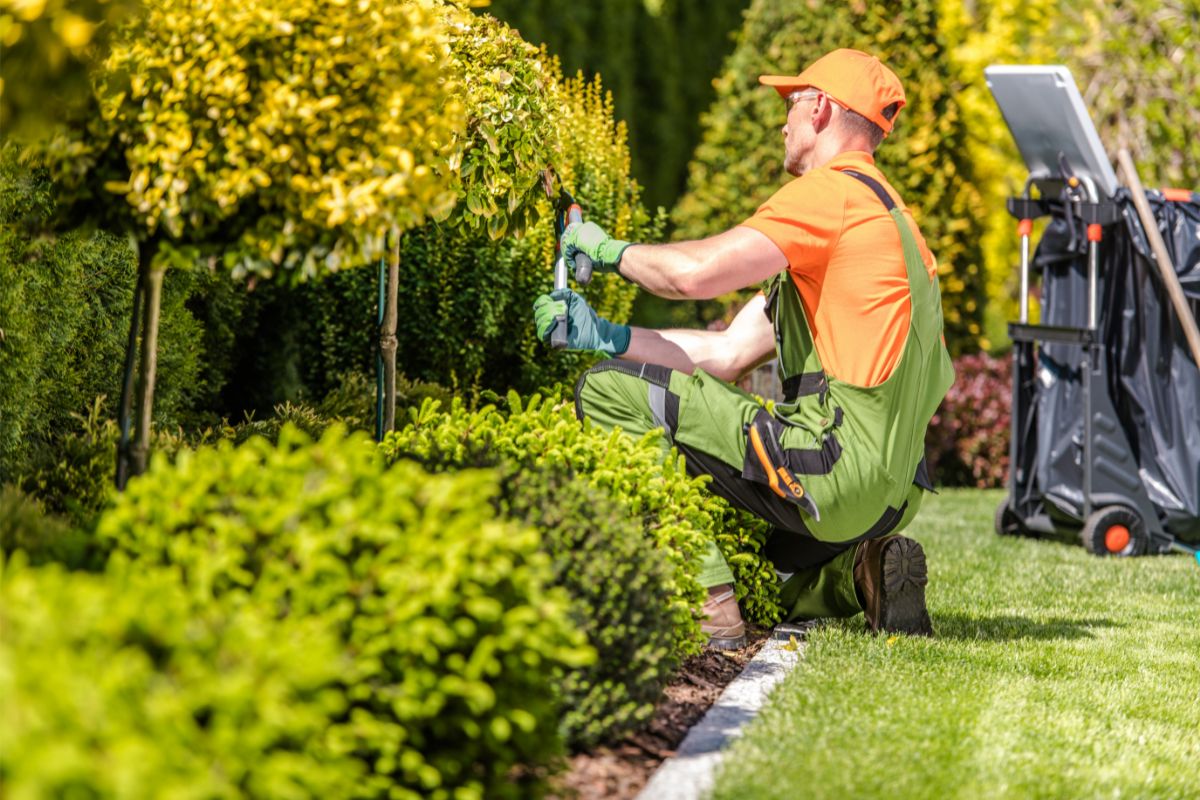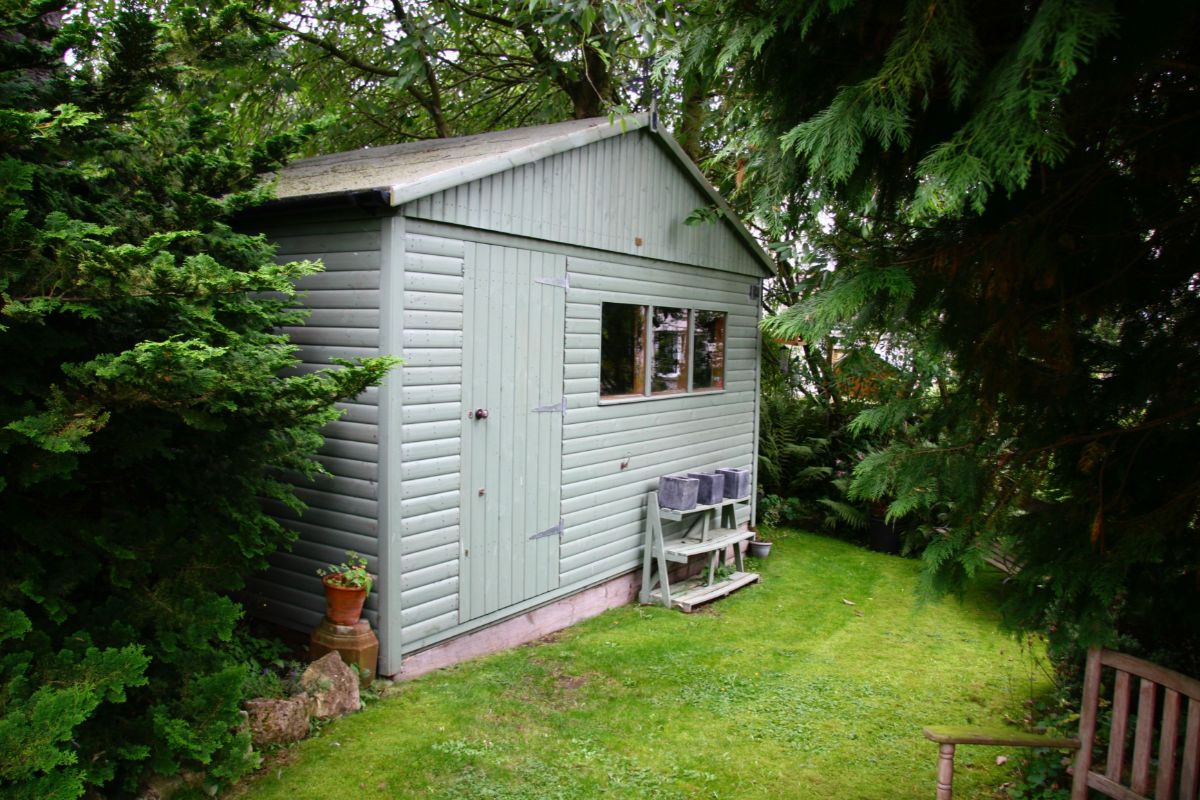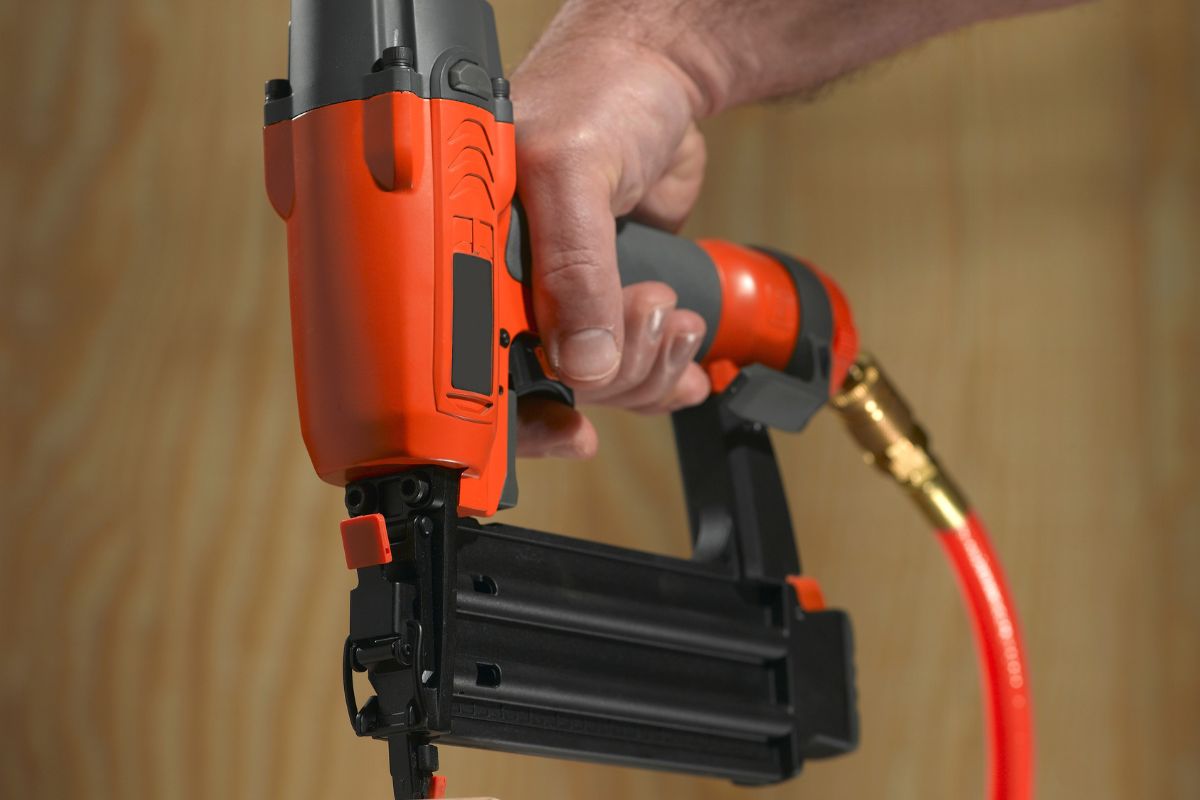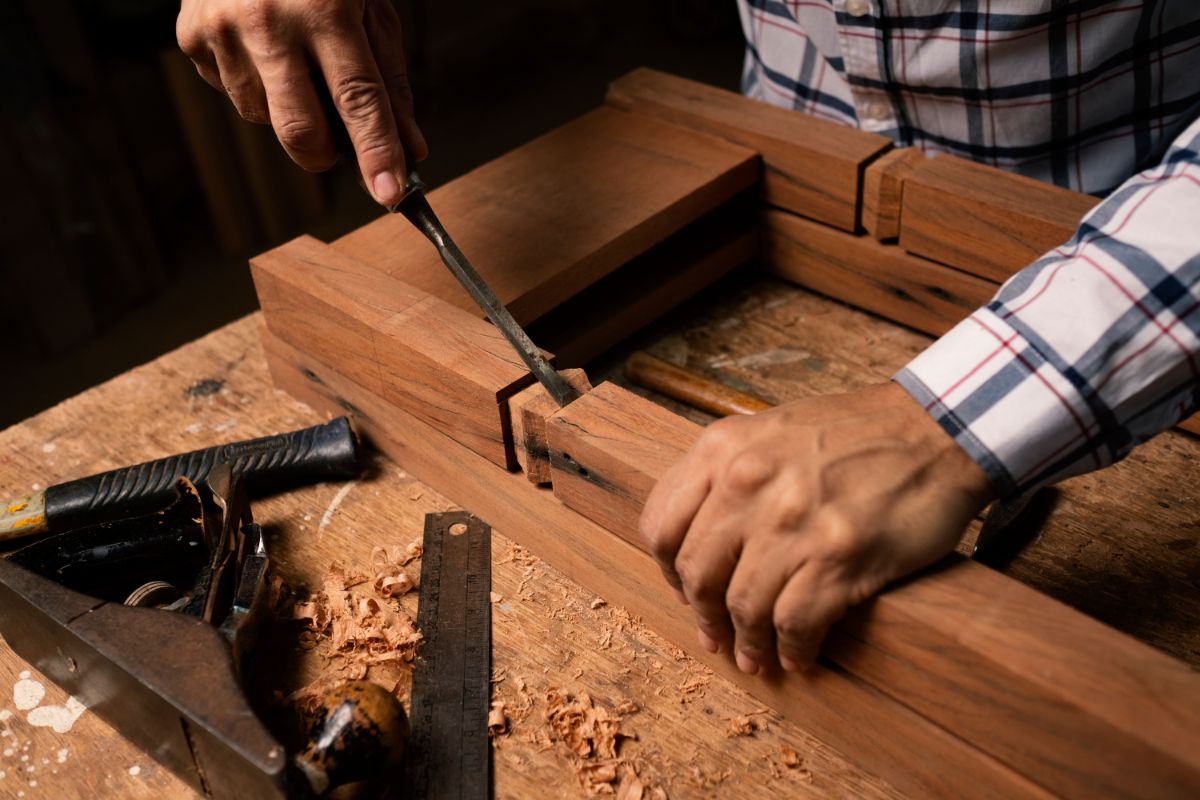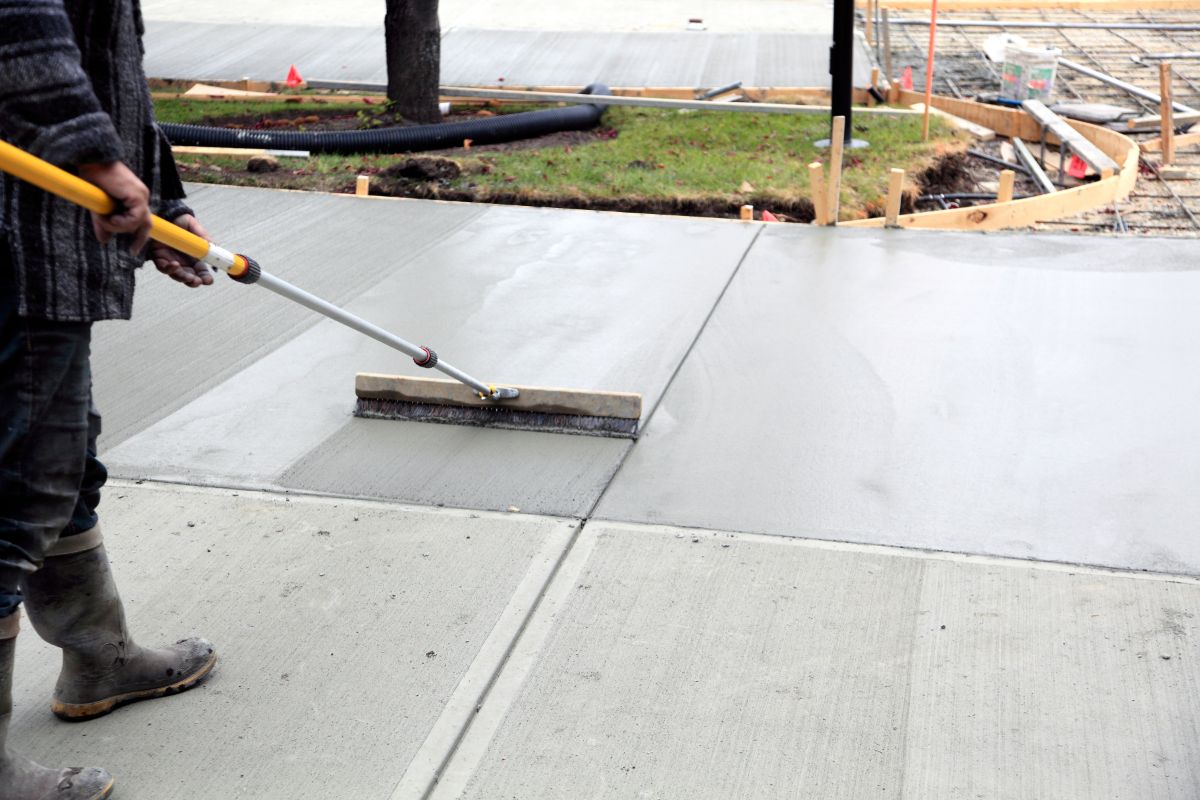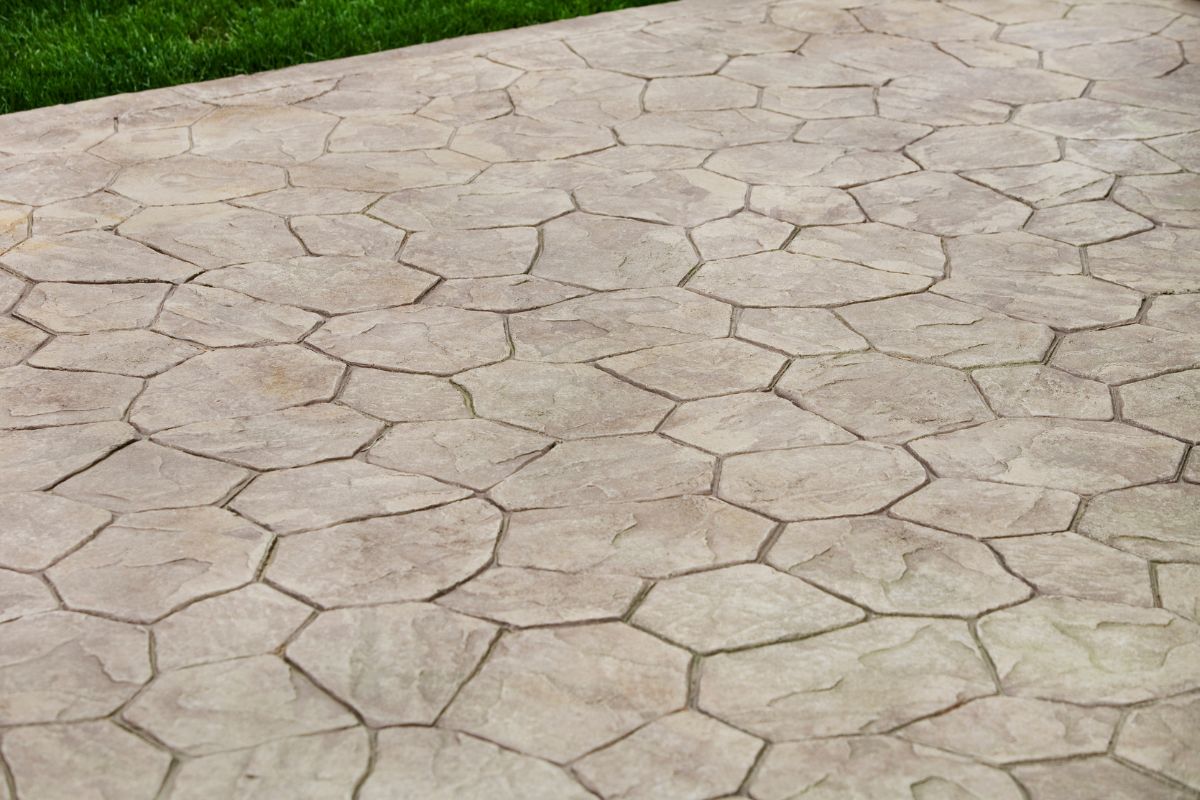In some parts of the world, winter time comes with a certain amount of obstacles, many of which require some preparation to ensure the home is ship shaped and ready for the colder weather.
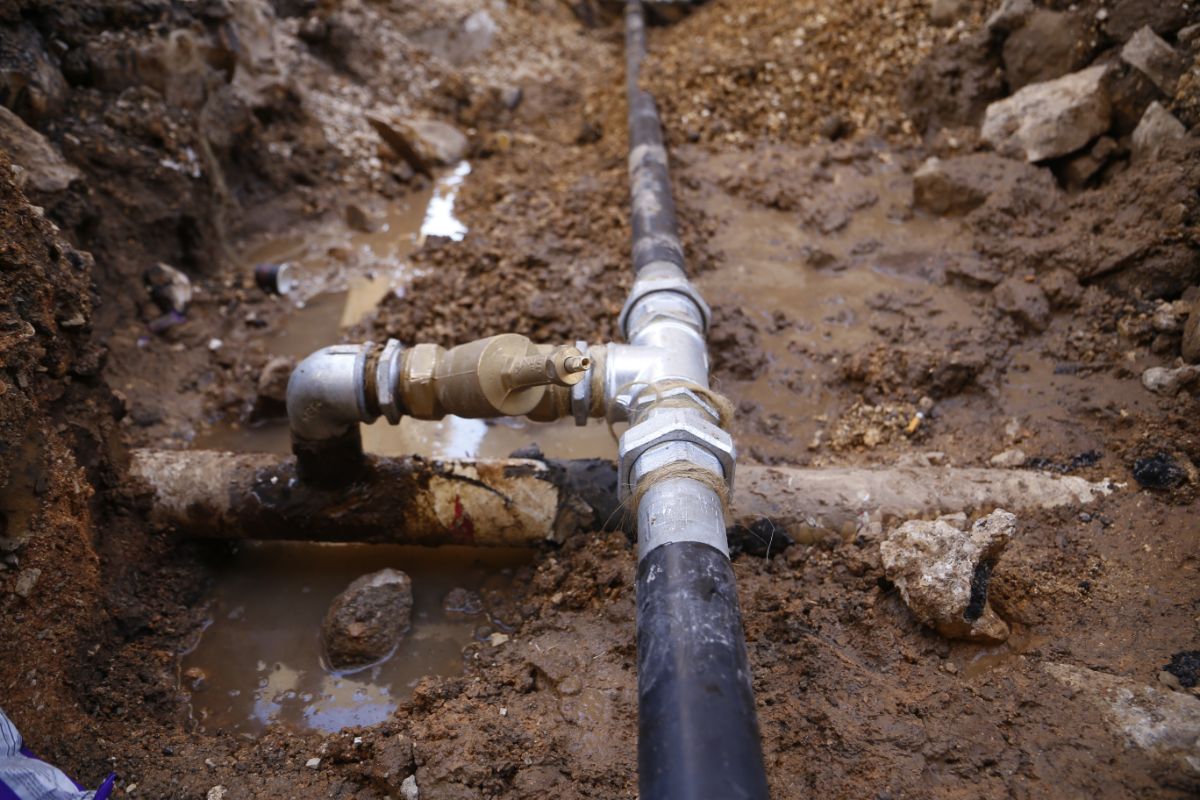
One thing that can be a problem for many people is their exterior water source – something that is usually used for watering the grass and plants, but which can cause any number of problems when the temperatures begin to plummet.
But how do you turn off the exterior water source, and what are the consequences if you don’t?
How To Turn Off Exterior Water
Turning off the exterior water is simpler than you might think, and can save a lot of heartache and stress when the cold weather swoops in.
Step One
The first step is to remove any exterior hoses or attachments from the faucet itself. This will stop them from getting damaged by the cold, and will ensure that no remnants of water are in the rungs.
Step Two
The next step is to locate the water shut off valve. This will be located in your basement or crawlspace, and each individual faucet could potentially have its own valve that you will need to shut off.
To turn it off, turn the handle to the right, and make sure it is tightly secured.
Step Three
Next, turn on the outside faucets until no more water runs out. This will make sure that as little water is left inside the pipes as possible, something that will help to avoid damage once the cold weather comes.
Step Four
You could also apply some precautionary measures, such as wrapping the exposed faucets in pipe covering, or a specially designed cover to ensure that they are as exposed to as little moisture and frost as possible.
Do All Outdoor Faucets Have Valves?
Unfortunately, not all exterior faucets have shut off valves. If yours doesn’t have one, then you will need to remove and drain your hose, ensure all the surface water has run off the faucet head, and secure it with the proper covering to protect it from frost.
Are All Shut Off Valves Outside?
While most shut off valves can be found in cellars and crawl spaces, some can be found in the ceiling or attic, but this will require a little bit of detective work for you when it comes to shutting off your particular valve.
What Risks Does Winter Pose?
When it comes to exterior water outlets, the winter time can pose several problems, some of them cosmetic, some of them more intensive.
Freezing
If you do not turn off the exterior water faucet, then the remaining water inside the hose or the faucet head could freeze. This could cause the water to expand, potentially damaging the fitting, splitting the hose, and even causing damage to the connecting pipes.
Perishing
Hoses and exterior accessories all run the risk of perishing in the cold weather, even cracking and wearing away from frost, cold, and snow.
Flooding
If your exterior faucet freezes sufficiently, this could also lead to flooding of the connected pipes, which could affect you whole plumbing system if left unchecked.
Burst Pipes
Frozen pipes can also burst, causing severe damage to your exterior plumbing. This can cost thousands of dollars in repairs, and can cause a lot of stress and heartache if not properly prepared for.
This is caused by continued freezing, continued expansion of the water as it turns to ice, and an increase in water pressure as it becomes backed up inside the pipes. This will cause the line to fail, and the pipe to burst, causing further chaos to your home plumbing.
Broken Joints & Valves
As well as damaged pipes, the smaller adjoining components can also become damaged by frost and cold weather.
What Temperature Will Cause Frost?
An exterior faucet will begin to freeze when the outside temperature drops below 28 degrees fahrenheit (-2 degrees celsius).
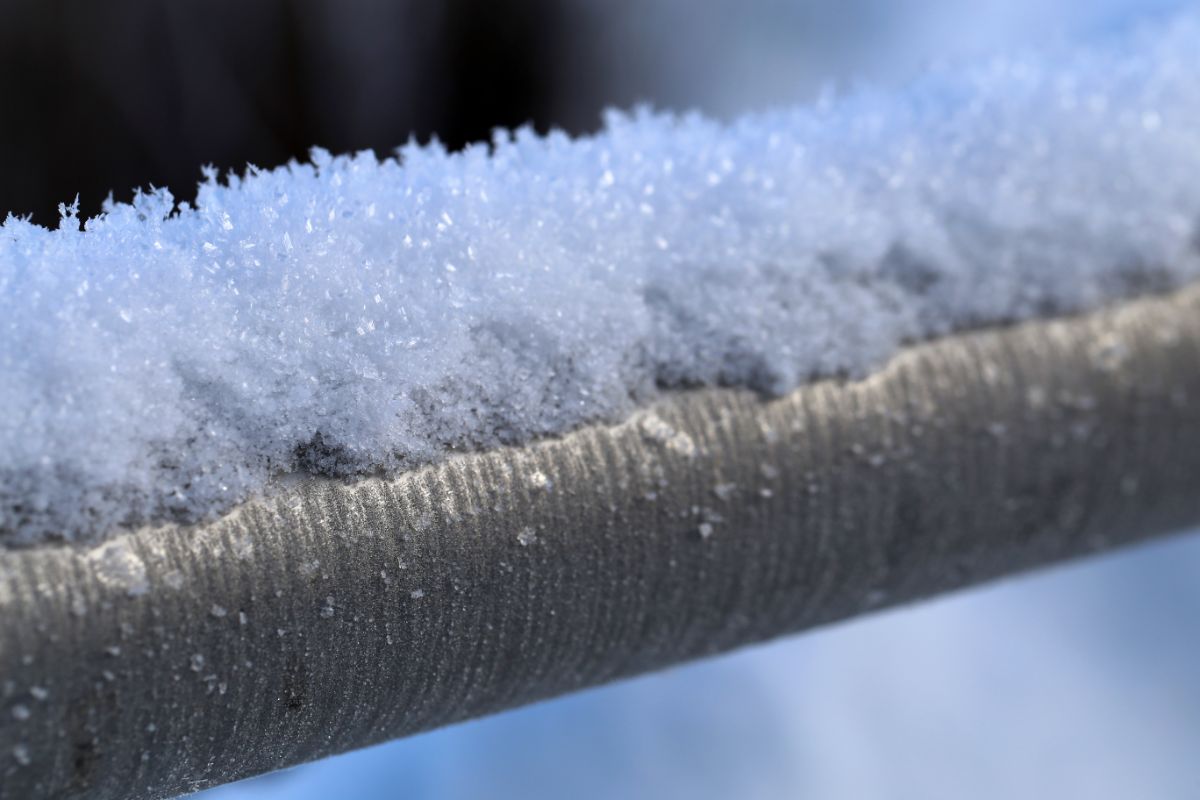
This is especially dangerous at night time, when nocturnal temperatures can drop well below that depending on where you are in the world.
How Else Can I Protect My Faucet?
As well as turning off the water, there are other ways to protect your external faucet from the dangers posed by cold weather.
Drain The Faucet
As we already touched on, one way to ensure that the winter poses minimal threat is to drain all the remaining water from the faucet fitting. This will minimize the chance of damage occurring, and is a great way of covering all your bases.
Insulate The Faucet
Insulating the faucet is perhaps the best active defense against frost and the effects of cold weather, and there are numerous different materials you could use.
However, for the best results, there are many specially made faucet covers available at hardware stores, many of them cheap and properly insulated against whatever nature decides to throw at them.
Insulated Tubing
You could also insulate any exposed piping to ensure there is no frost damage. This can be done with any number of materials, including foam, scraps of thermally insulated radiator foil, or under carpet insulation that you may have lying around.
What If My Faucet Has Already Frozen?
This doesn’t necessarily mean that severe damage has been done – in fact it is usually just surface frost. However, you could try wrapping a blanket or thick towel around the fitting to melt the ice, and then insulate it using the above methods.
Final Thoughts
And there we have it, everything you need to know to turn off your exterior water to protect your faucet come winter time.
Winter can be a hard time for many, but with some simple steps, you can protect your home and fittings from the rigors of the colder months.
Have you turned off your outdoor water?
- The Woodworkers Guide to Brad Nailers: Everything You Need to Know - September 25, 2023
- How To DIY An Aztec Garden Dining Table [The Easy Way] - October 18, 2022
- Farrow & Ball Pigeon: Is It Right For Your Home? - October 17, 2022


